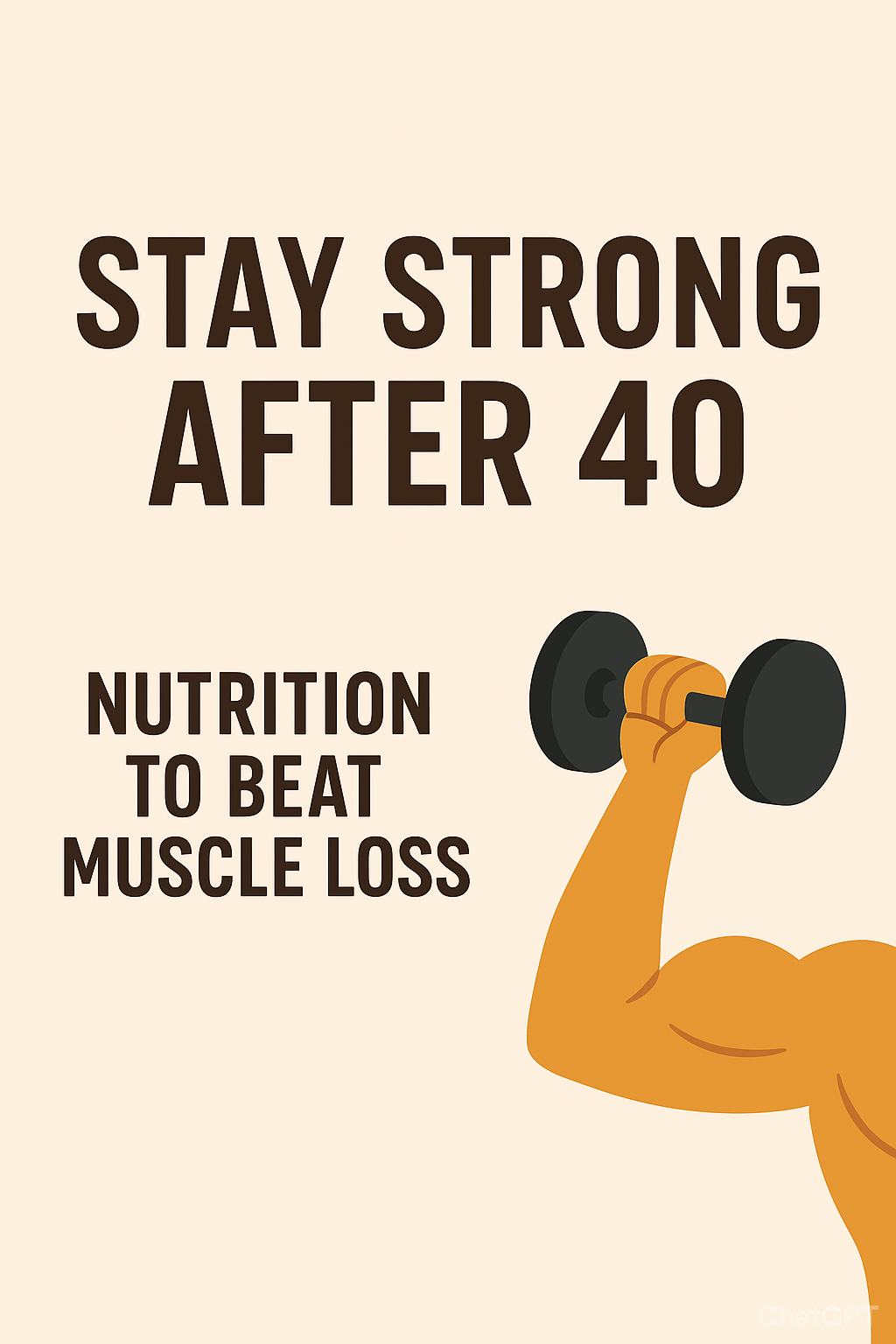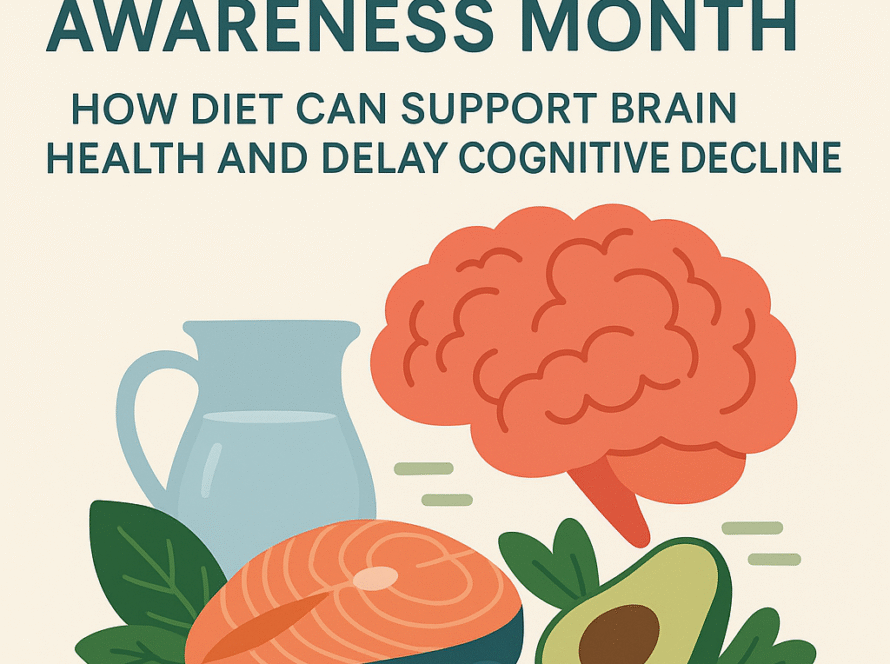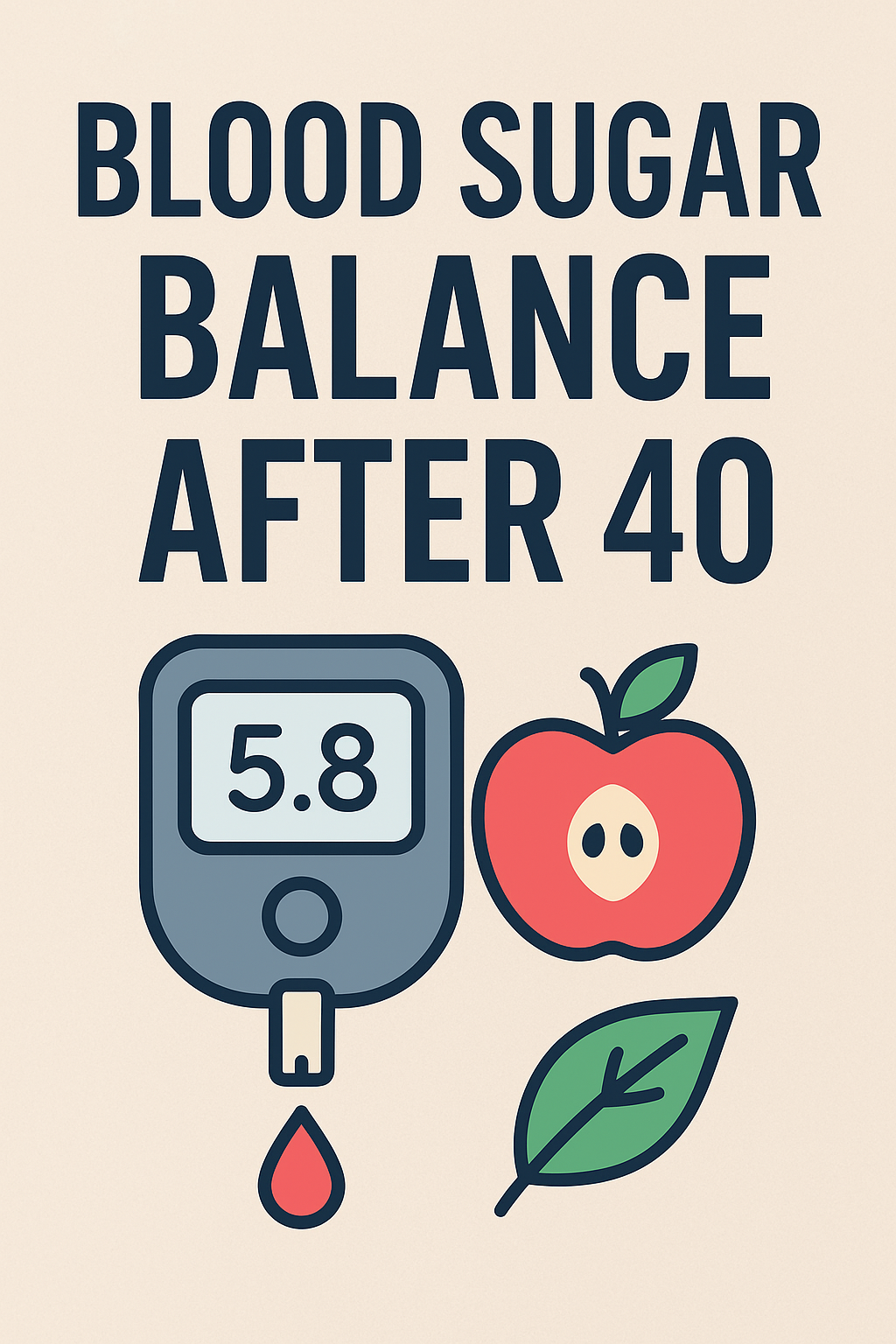Have you noticed that you don’t feel as strong as you once did, even though your weight hasn’t changed much? Many people over 40 experience this and often assume it’s just “part of getting older”. But the truth is, muscle loss accelerates from our forties onwards — and the good news is, nutrition and lifestyle can make all the difference.
Why Muscle Loss Happens After 40
From our 40s, our bodies naturally start to lose muscle mass — a process known as sarcopenia. Here’s why:
- Hormonal changes: Declining oestrogen and testosterone reduce the body’s ability to build and maintain muscle.
- Slower metabolism: We often become less active, and the body burns fewer calories at rest.
- Inadequate protein: Many people simply don’t eat enough protein to maintain lean tissue.
- Stress and poor sleep: Both interfere with muscle repair and recovery.
Why Muscle Matters
Muscle isn’t just about strength — it’s essential for overall health, especially after 40:
- Boosts metabolism: More muscle helps you burn more calories at rest, making weight management easier.
- Protects bones: Strong muscles support bone density, lowering the risk of osteoporosis.
- Supports balance and stability: Reducing the risk of falls and injuries.
- Improves energy and hormones: Muscle plays a role in blood sugar regulation and helps you feel stronger and more resilient.
Nutrition to Protect Muscle After 40
The foods you eat can directly support muscle strength and repair. Focus on:
- Protein at every meal: Aim for 20–30g per meal from sources such as fish, chicken, eggs, beans, lentils, or Greek yoghurt.
- Omega-3 fatty acids: Found in salmon, walnuts, and flaxseeds, omega-3s reduce inflammation and support muscle function.
- Magnesium, vitamin D, and calcium: Essential for recovery and bone strength — think leafy greens, nuts, seeds, oily fish, and dairy or fortified alternatives.
- Balanced meals: Combine protein, healthy fats, and fibre-rich carbohydrates for steady energy and recovery.
Lifestyle Tips
Alongside nutrition, these daily habits can help maintain and build muscle after 40:
- Strength training: 2–3 times per week with weights, resistance bands, or bodyweight exercises.
- Daily movement: Walking, stretching, and mobility exercises keep the body active and flexible.
- Prioritise recovery: Sleep and rest are just as important as training when it comes to muscle health.
Final Thought
Muscle loss after 40 is common, but it’s not inevitable. With the right nutrition and lifestyle choices, you can protect your strength, boost your energy, and feel more resilient well into midlife and beyond.
Staying strong isn’t just about exercise — it starts with what’s on your plate.
Milvia Pili, FNTP
Nutritional Therapist




